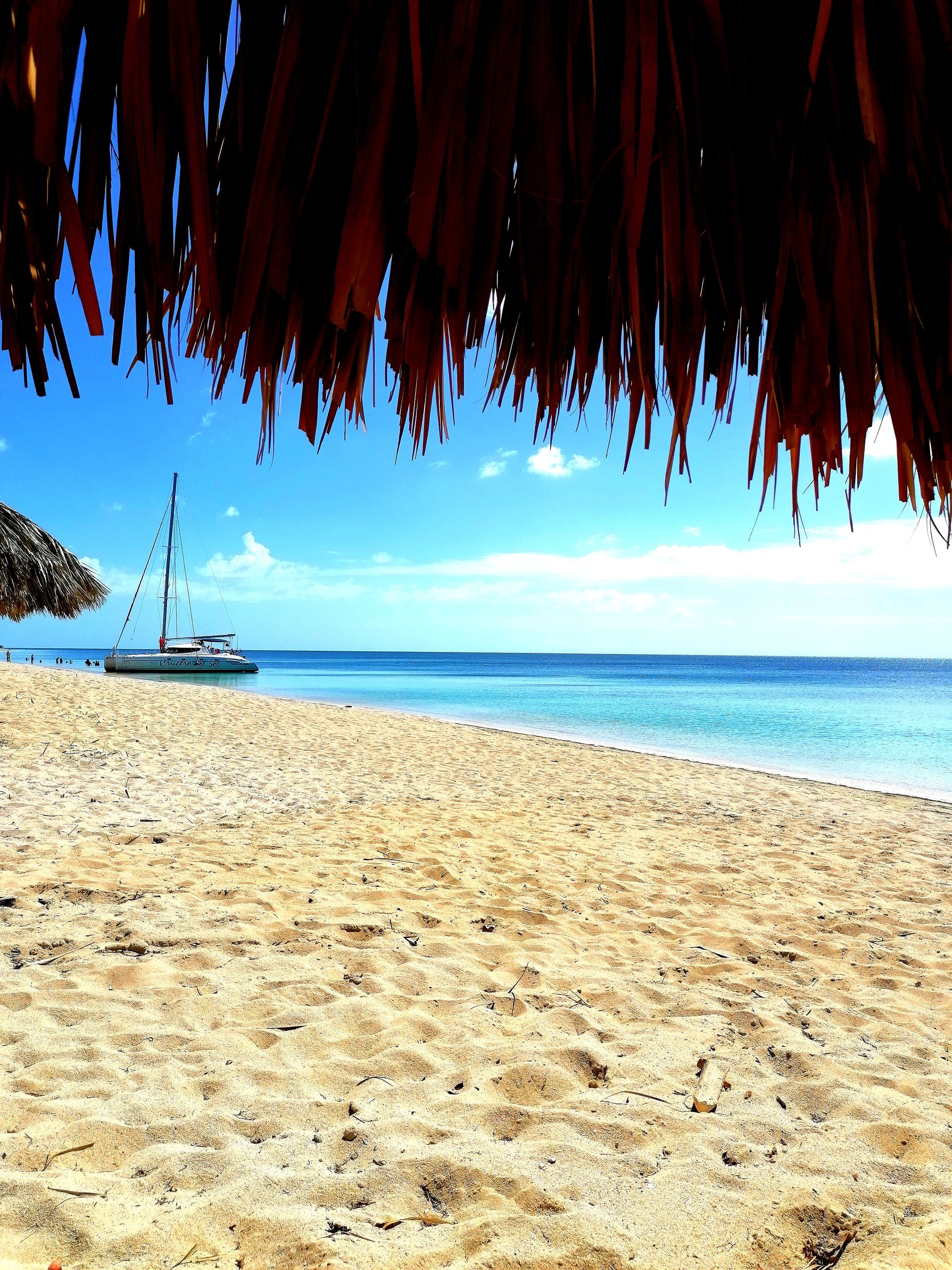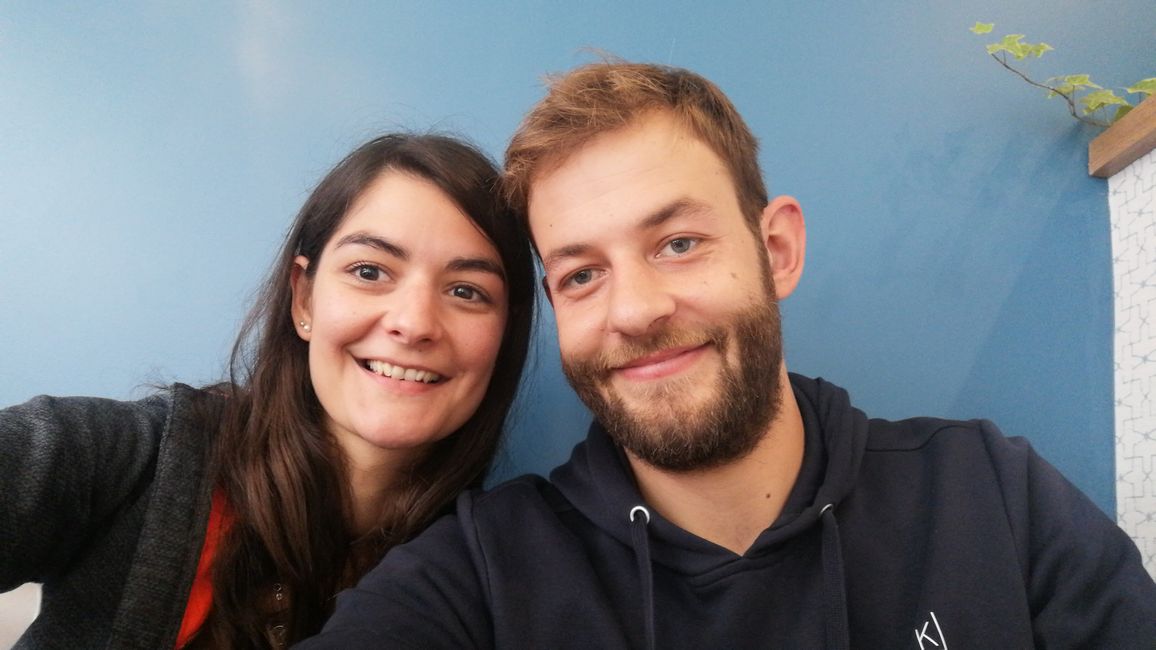दिन 33: चिचेन-इट्ज़ा दुनिया के नए 7 अजूबों में से एक
प्रकाशित: 26.10.2022
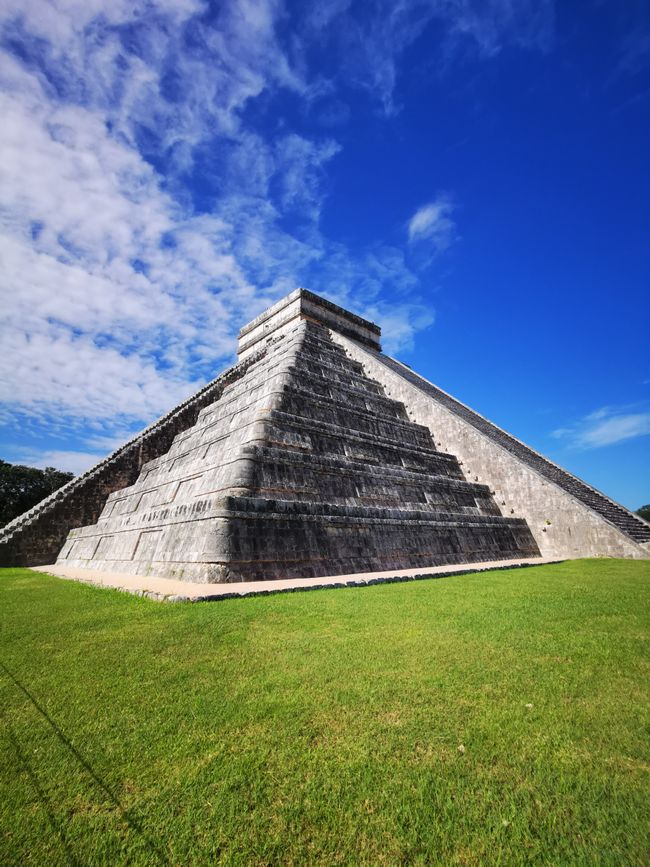
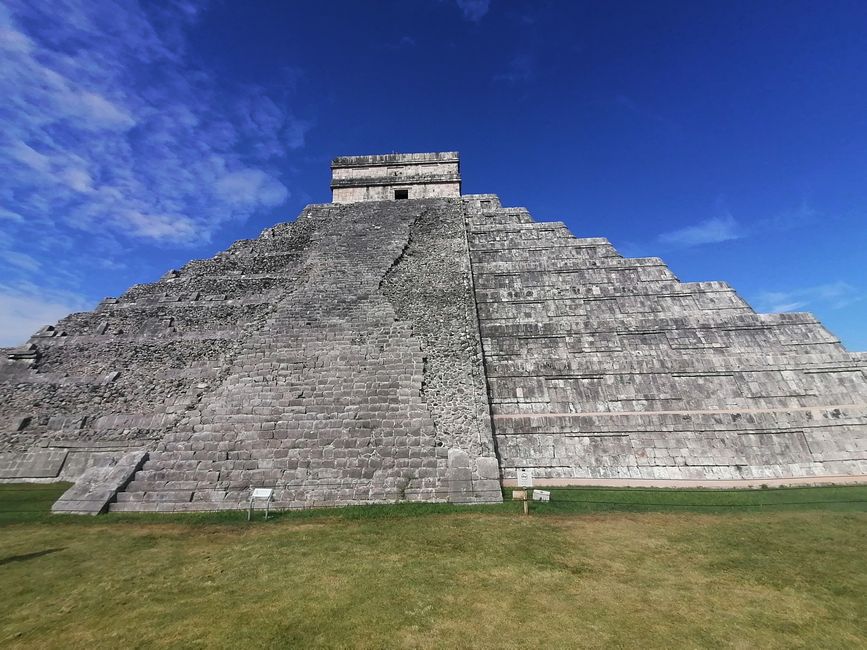
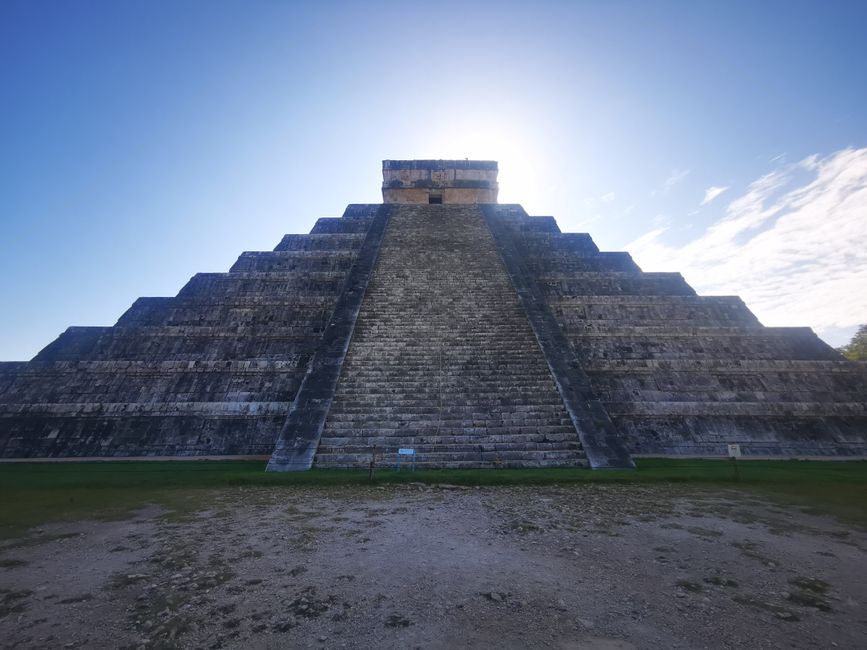
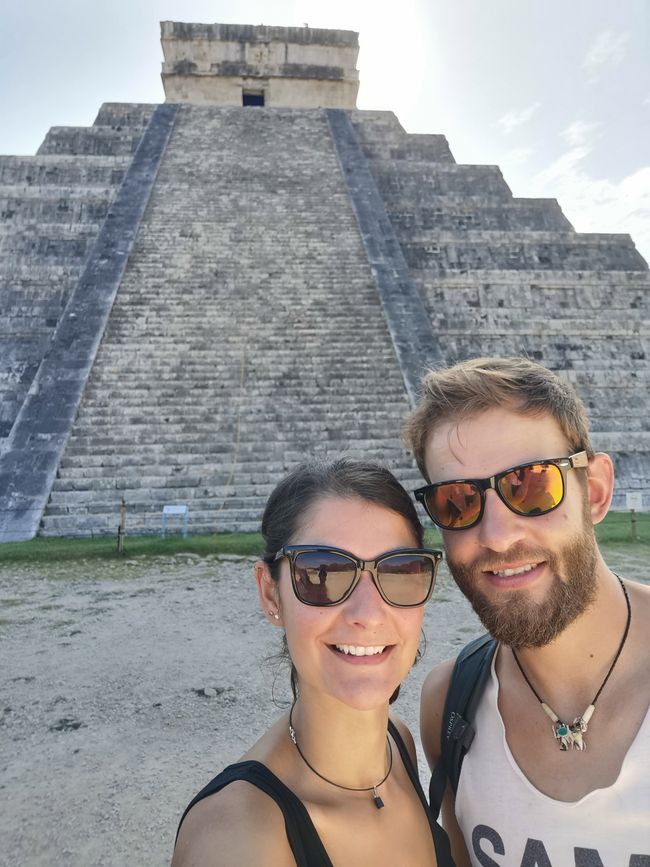
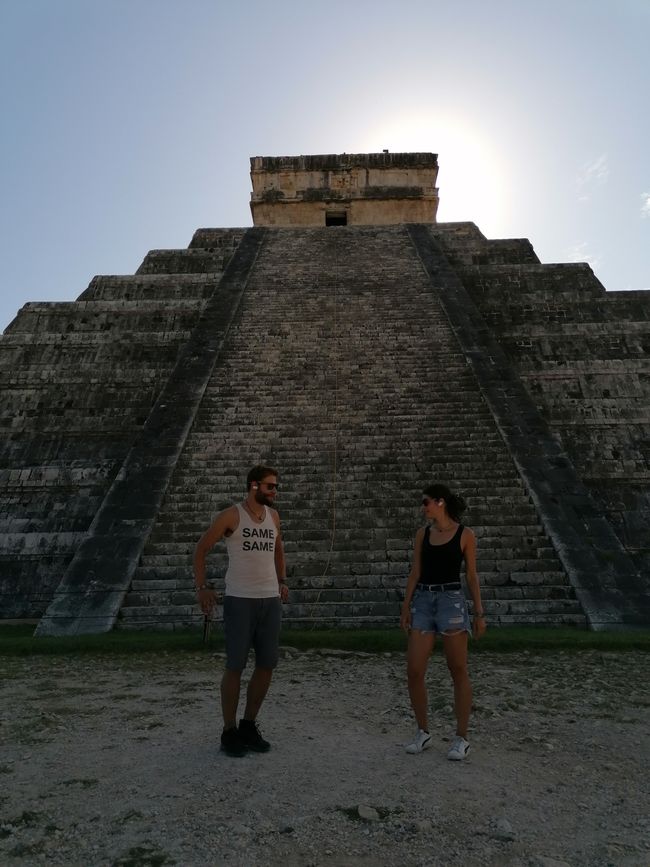
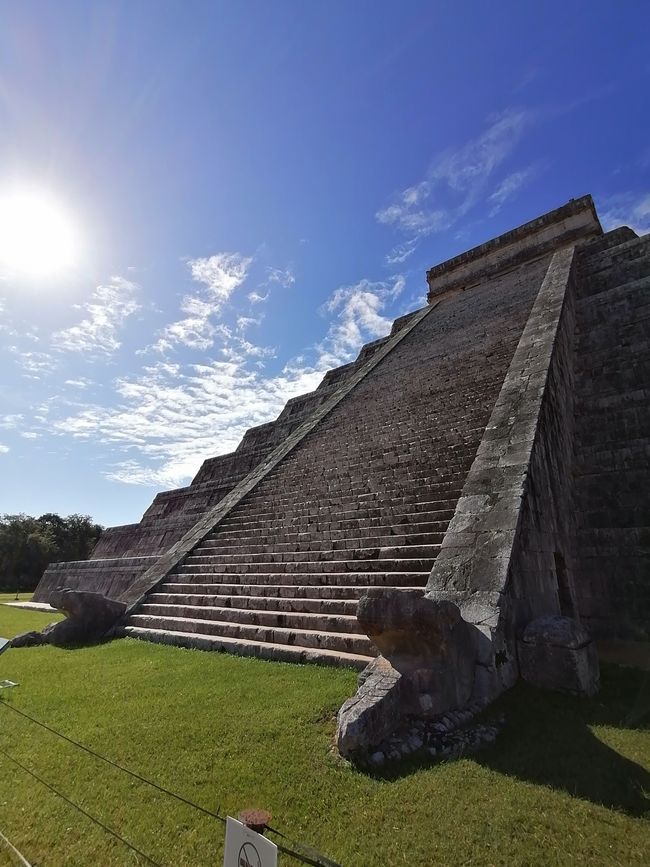
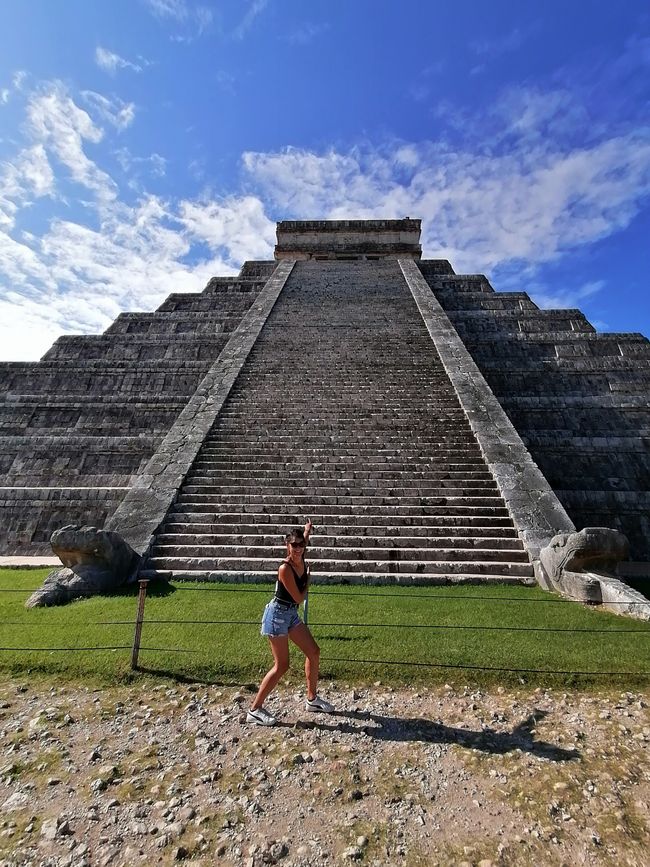
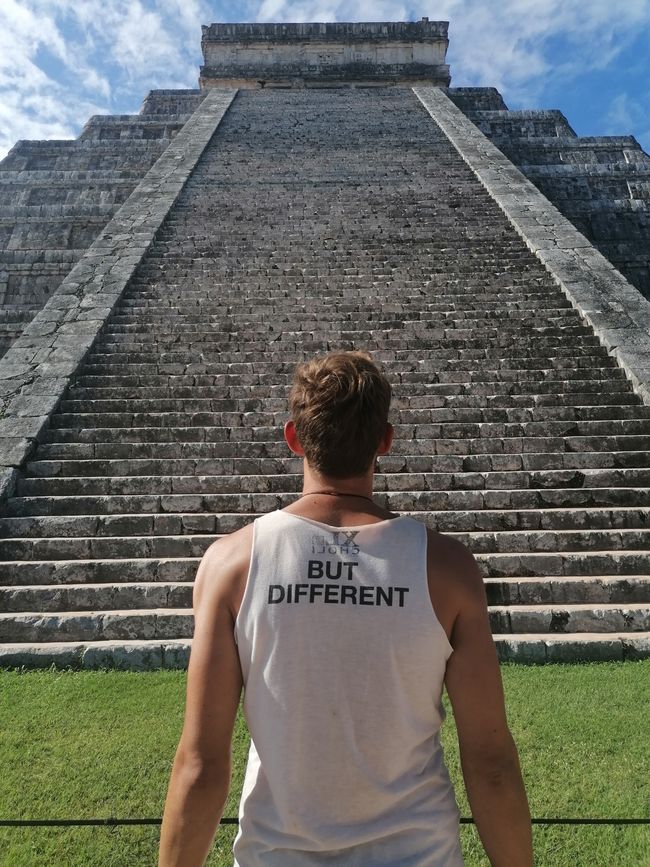
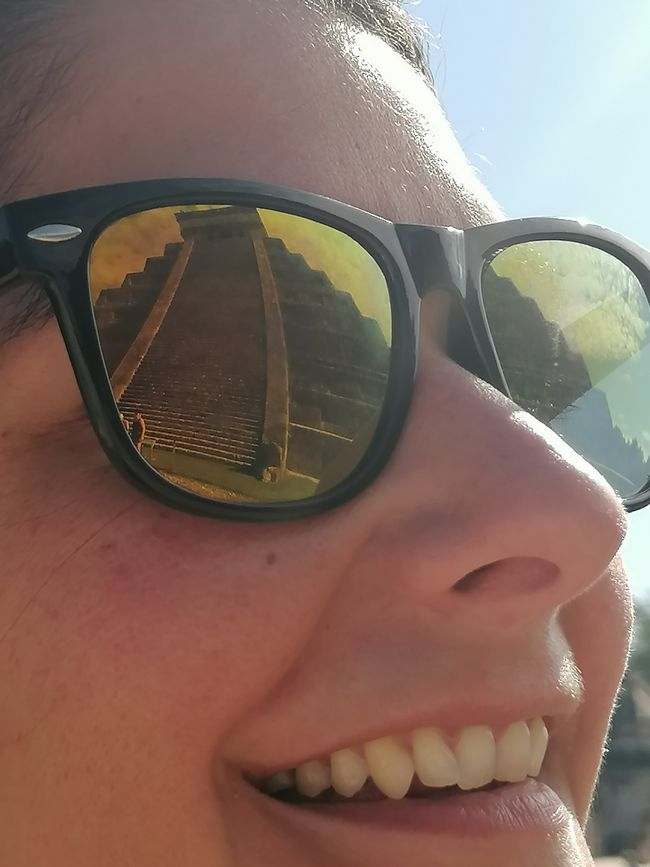
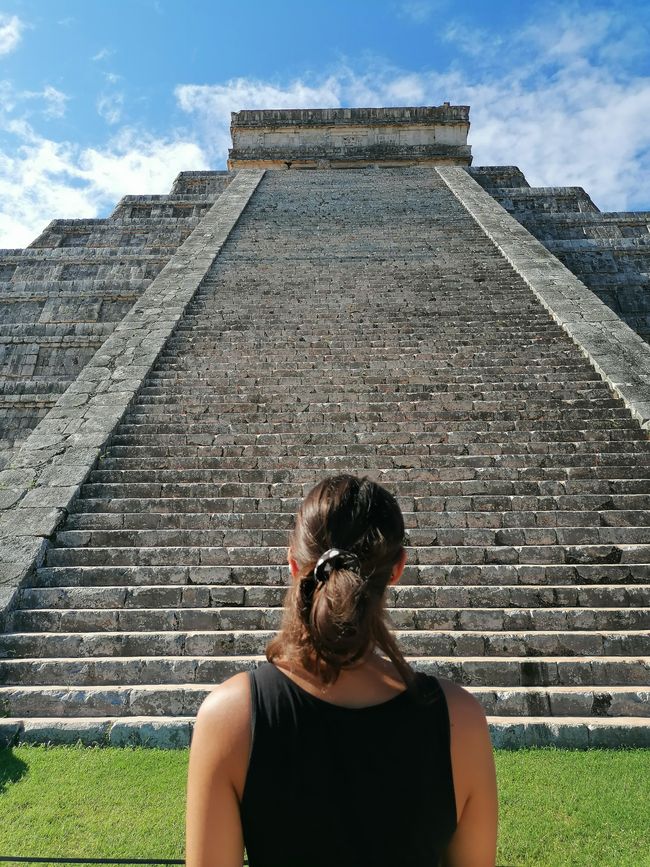
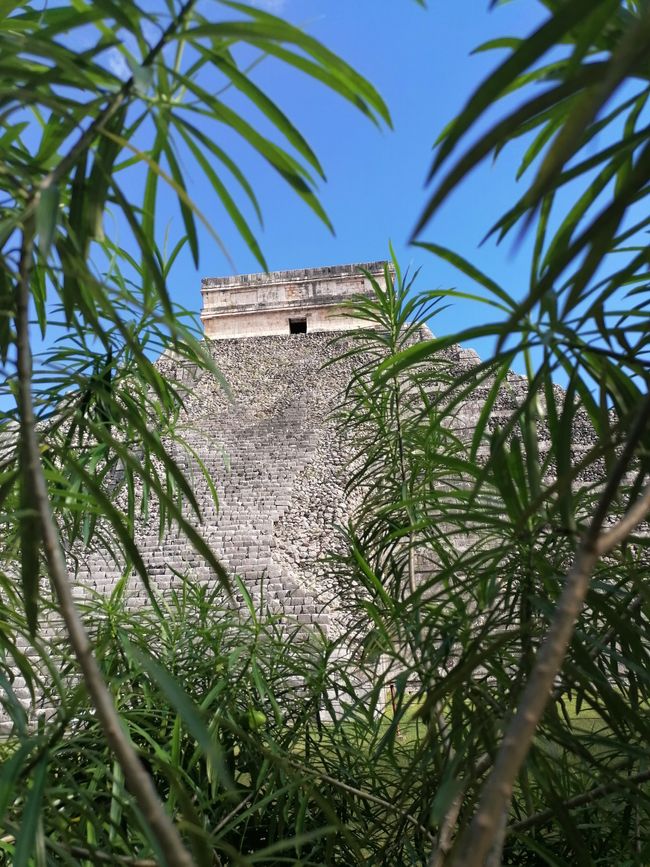
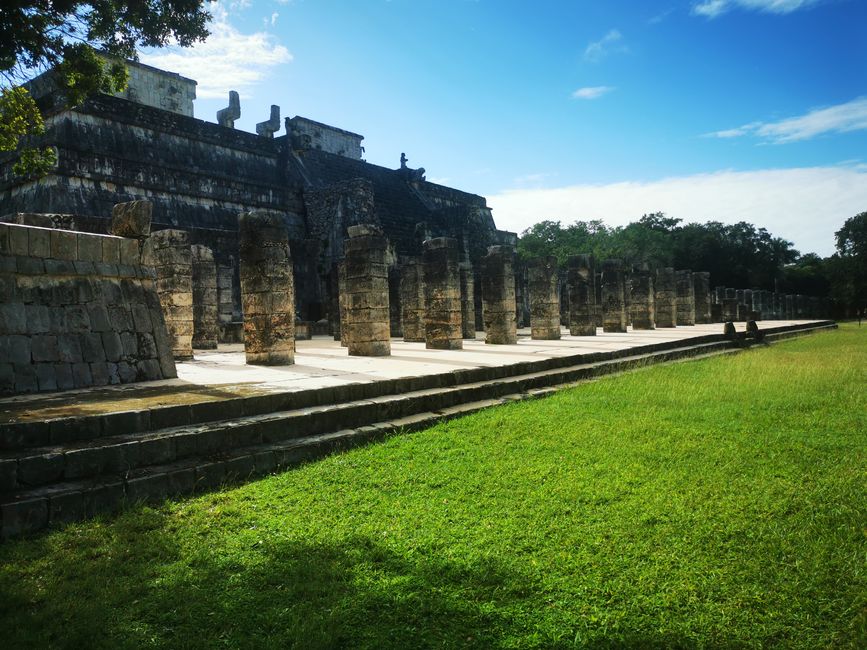
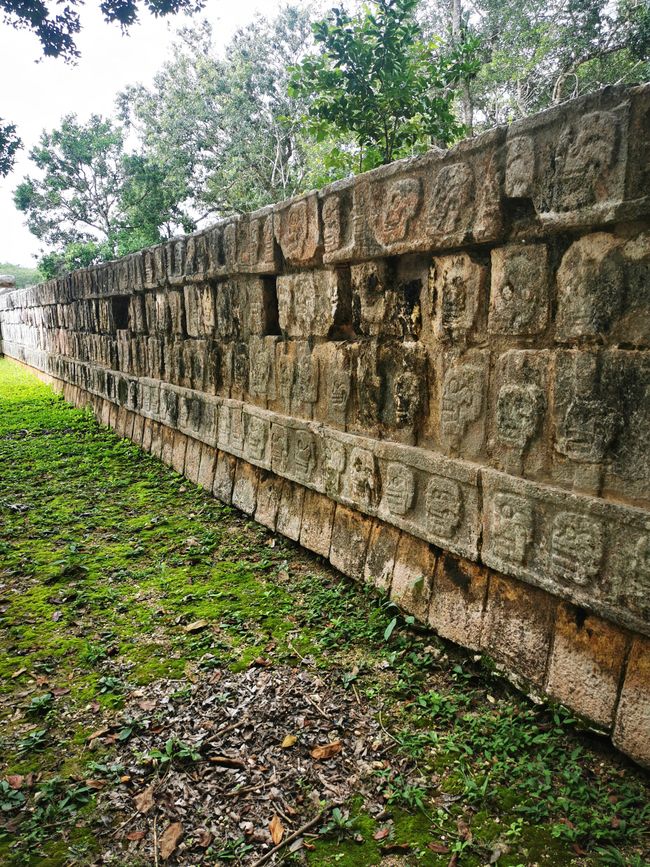
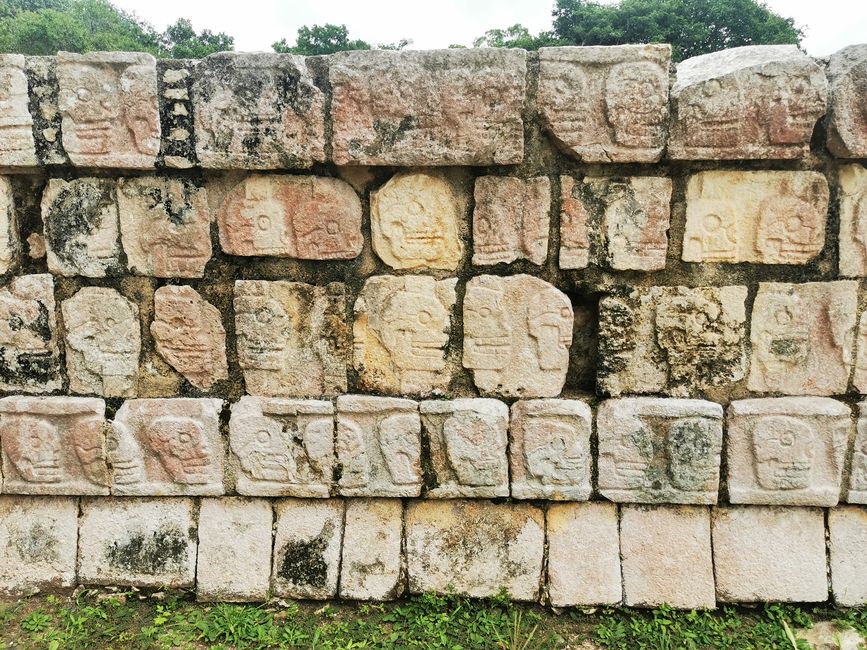
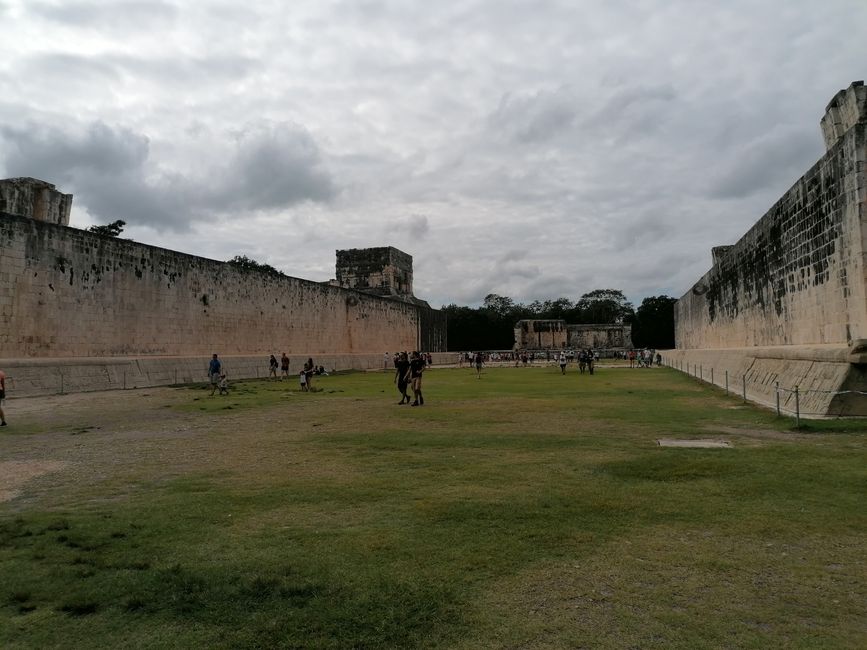
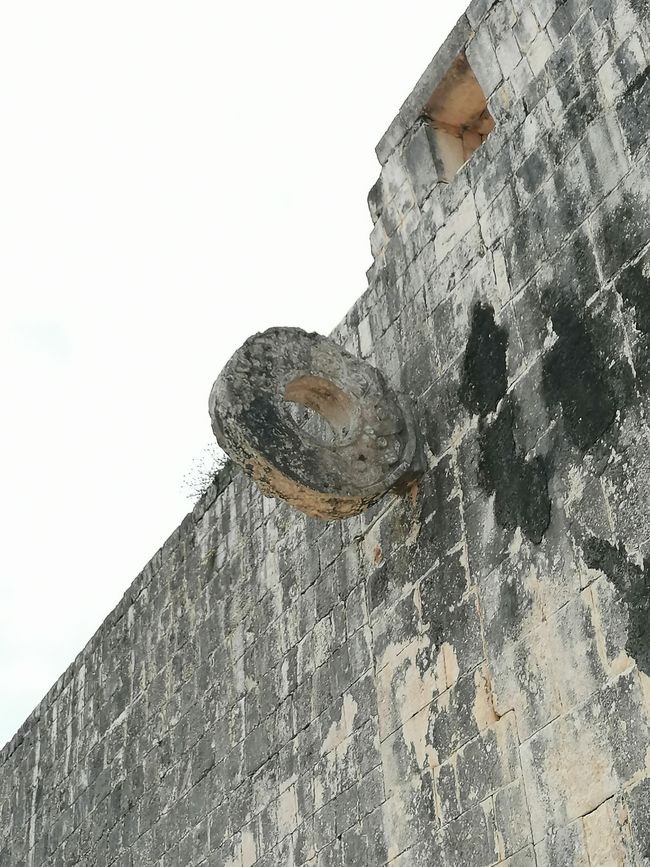
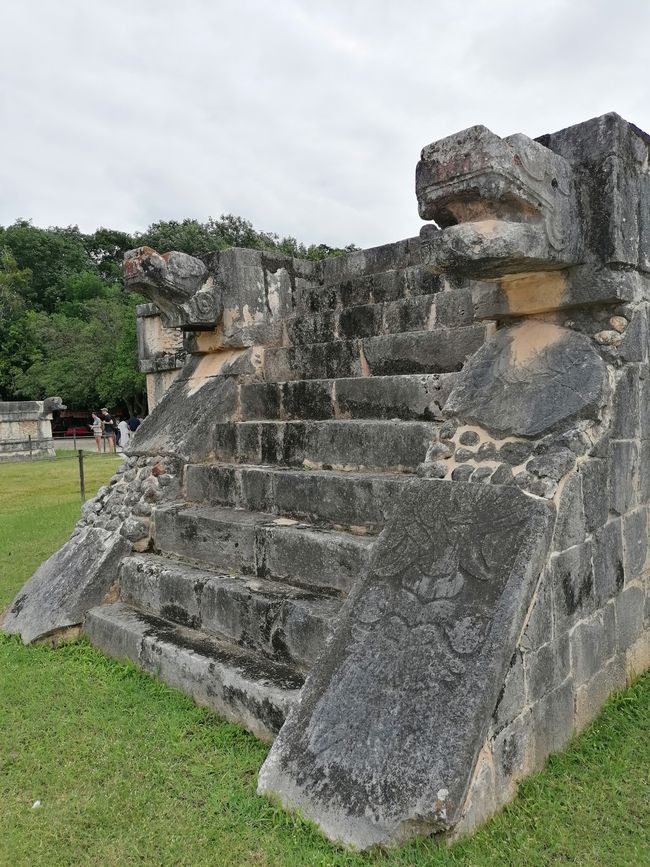
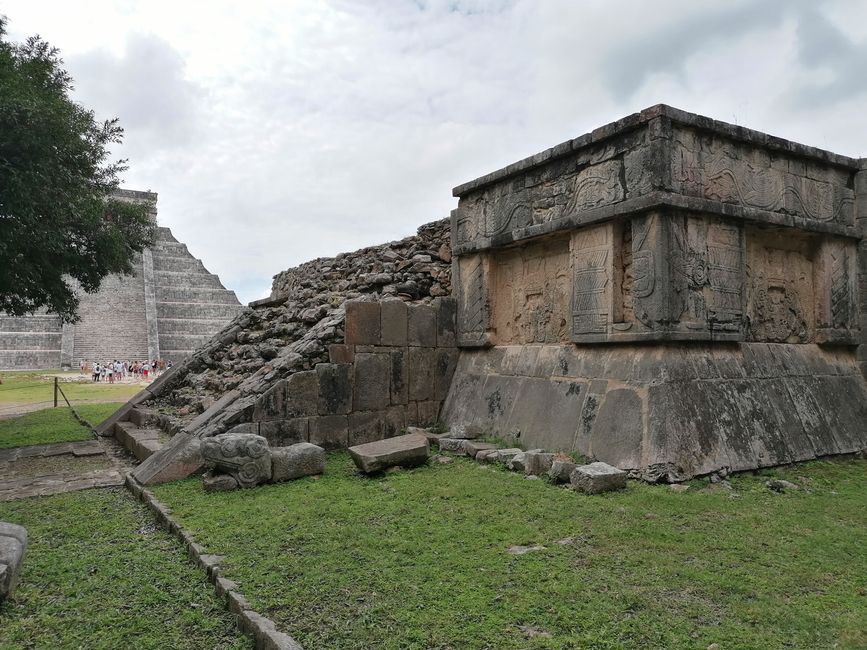
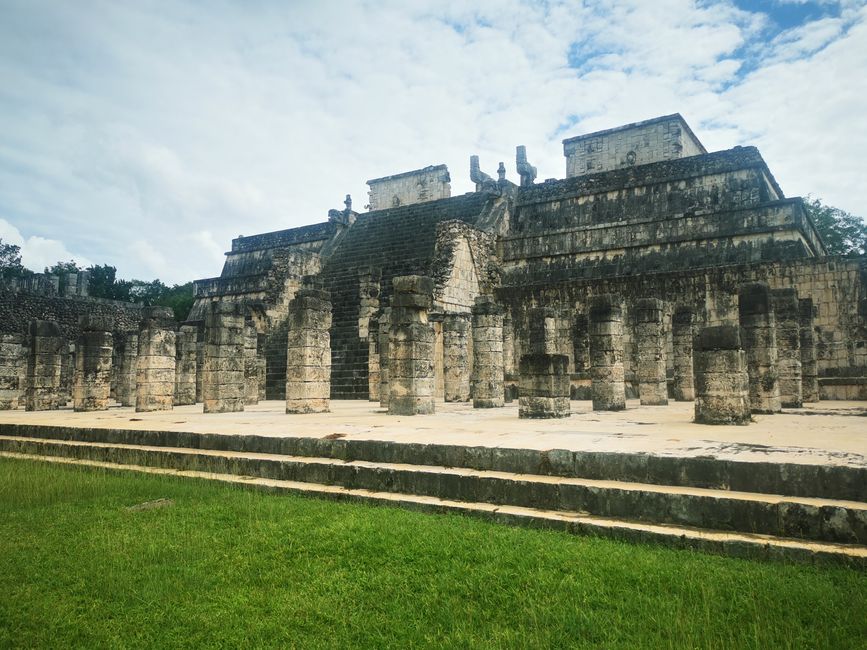
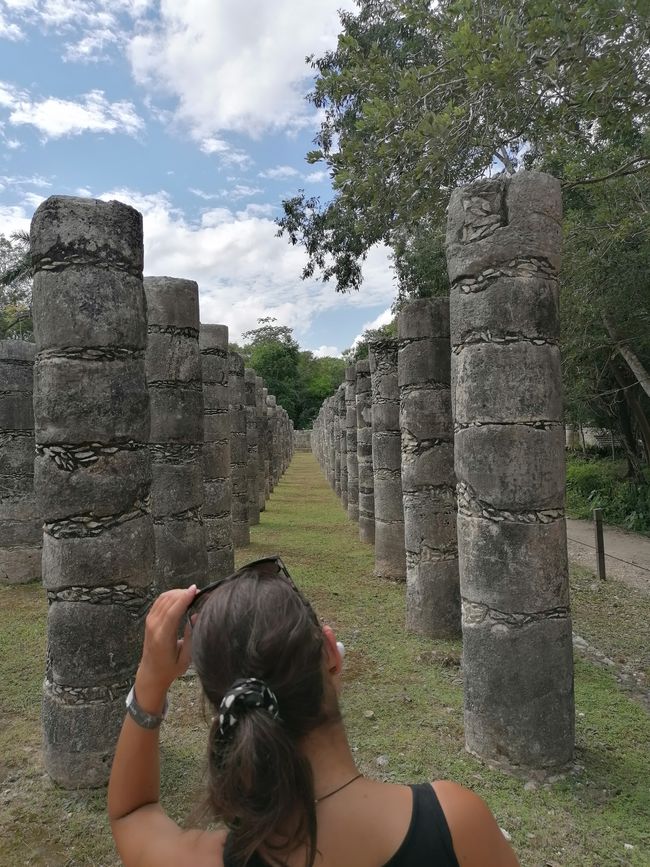
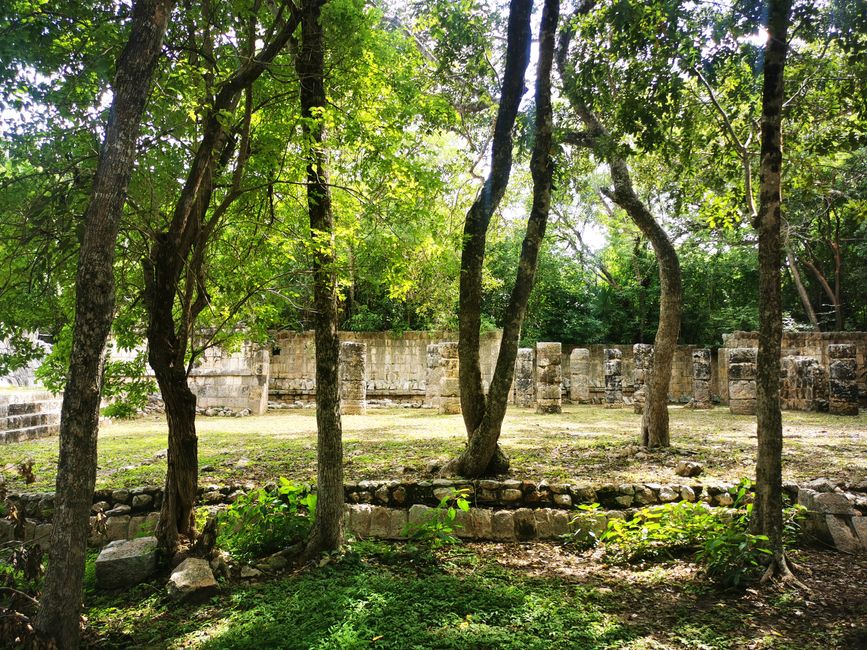
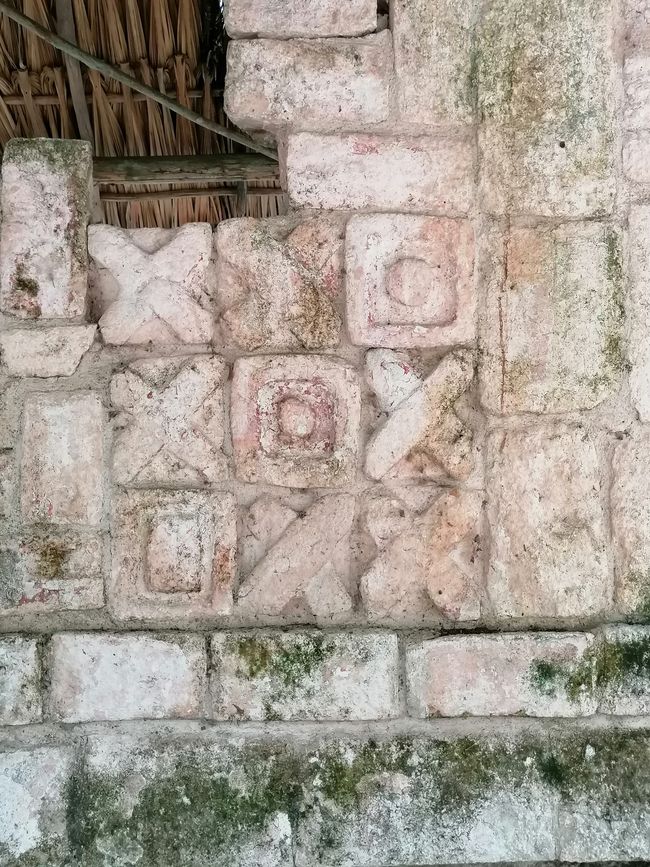
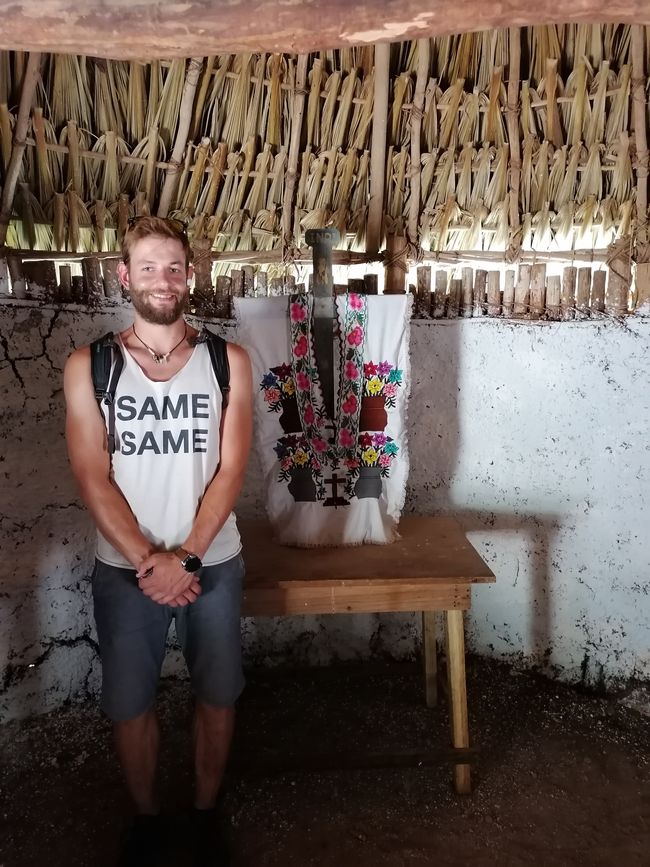
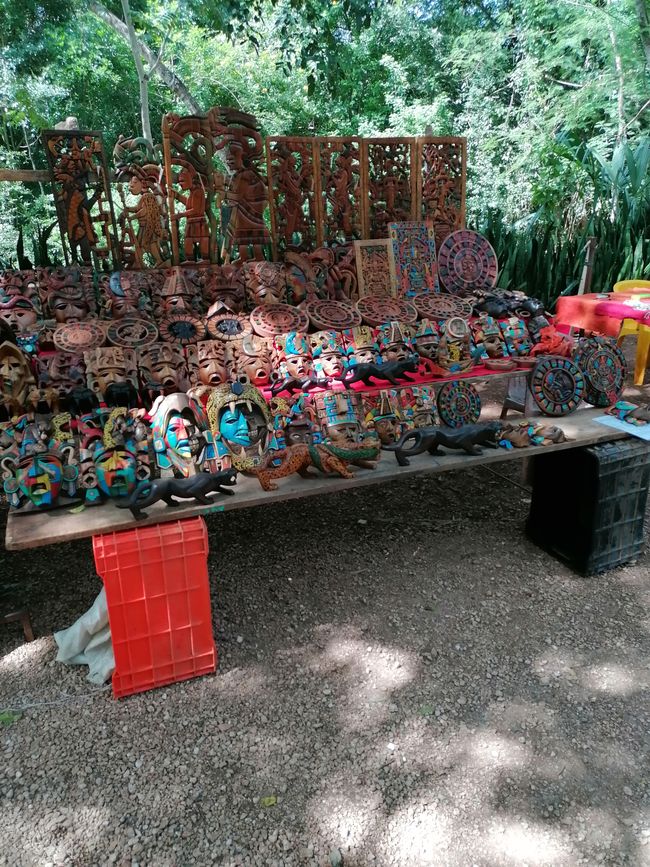
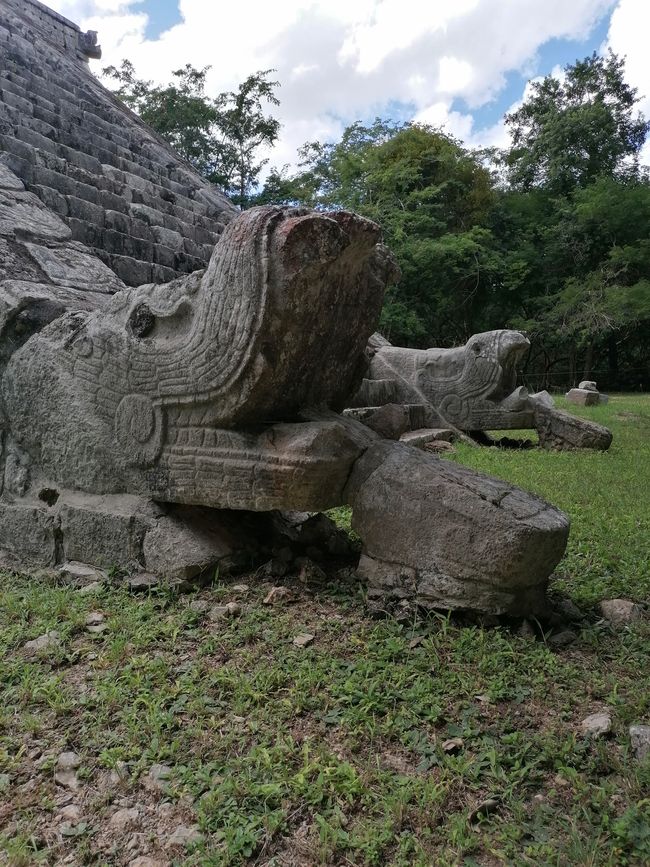
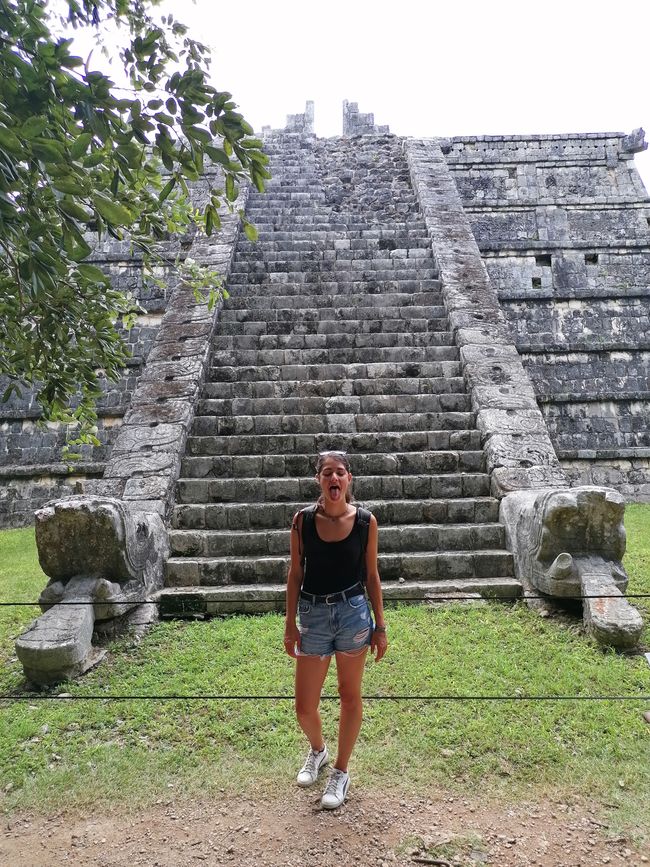
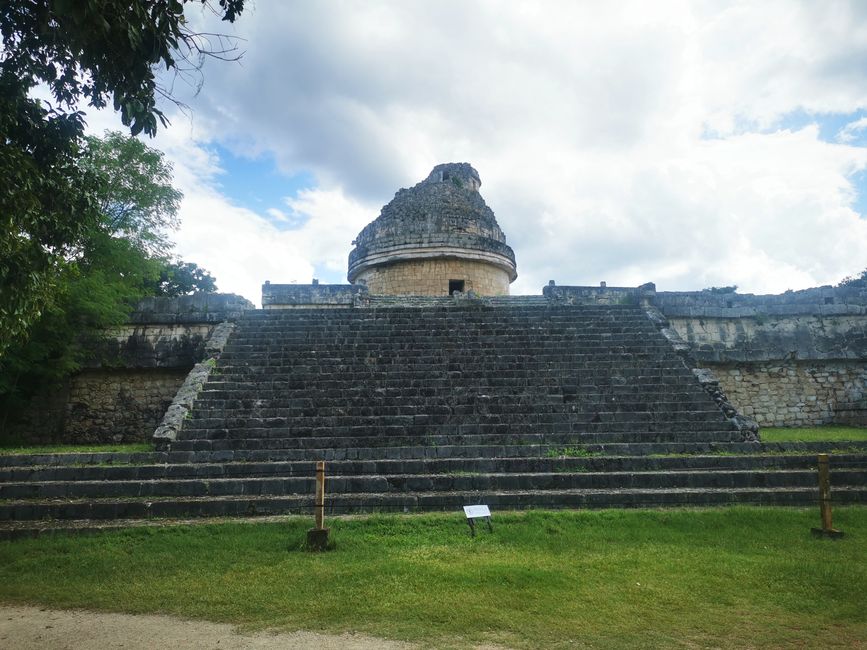
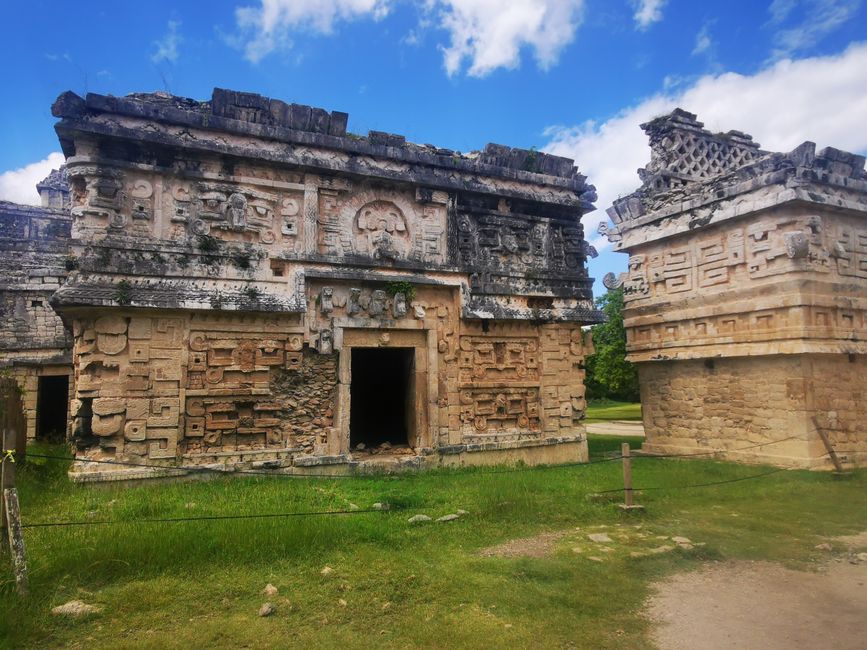
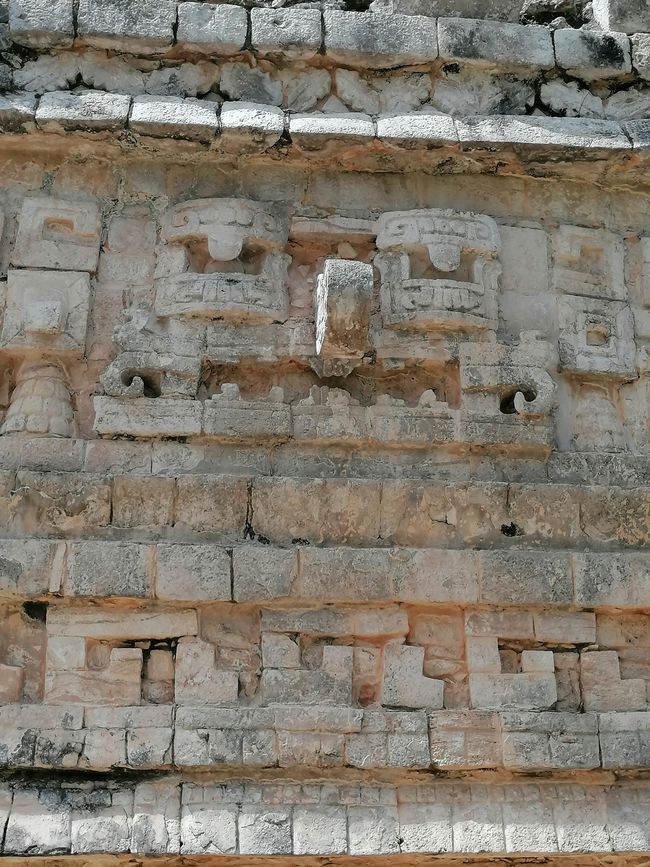
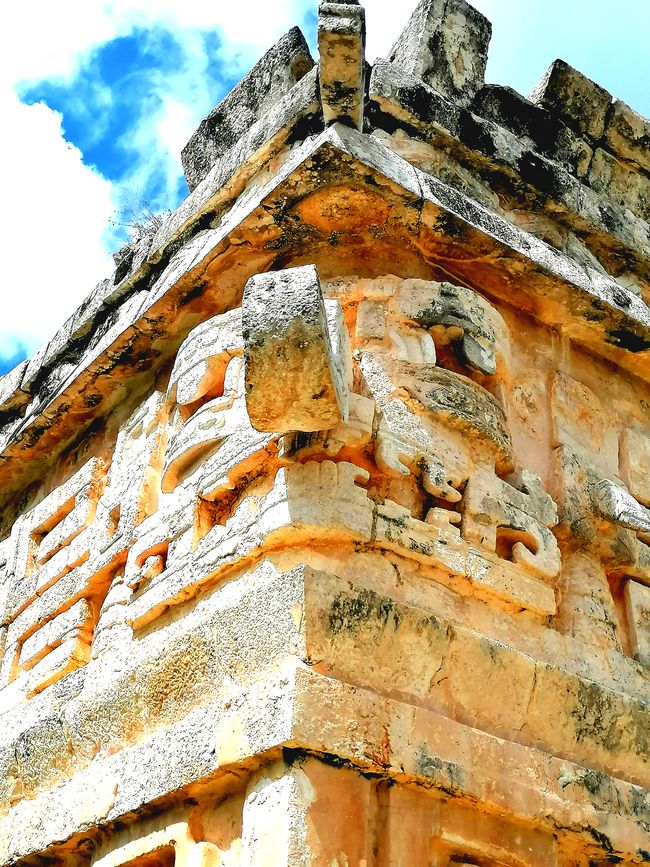
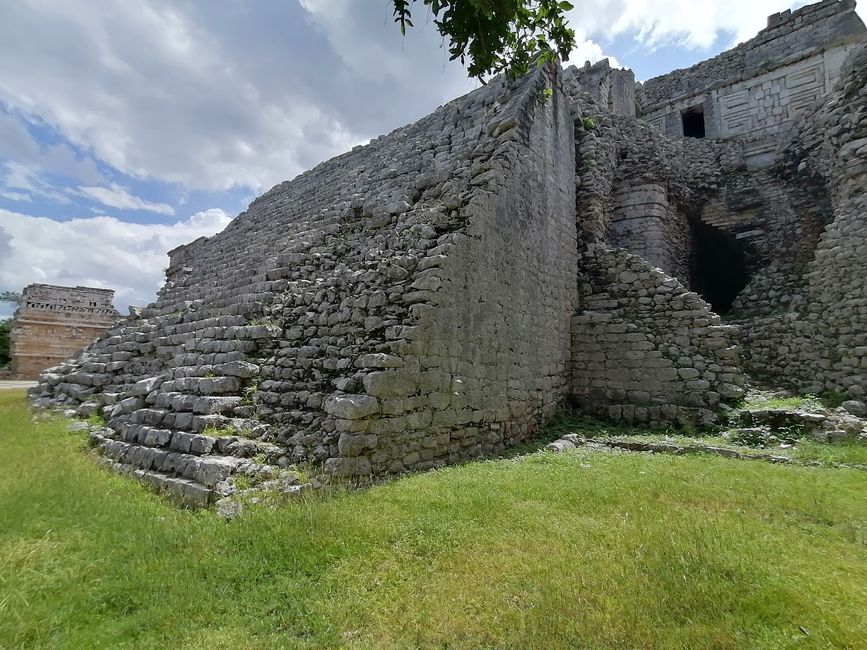
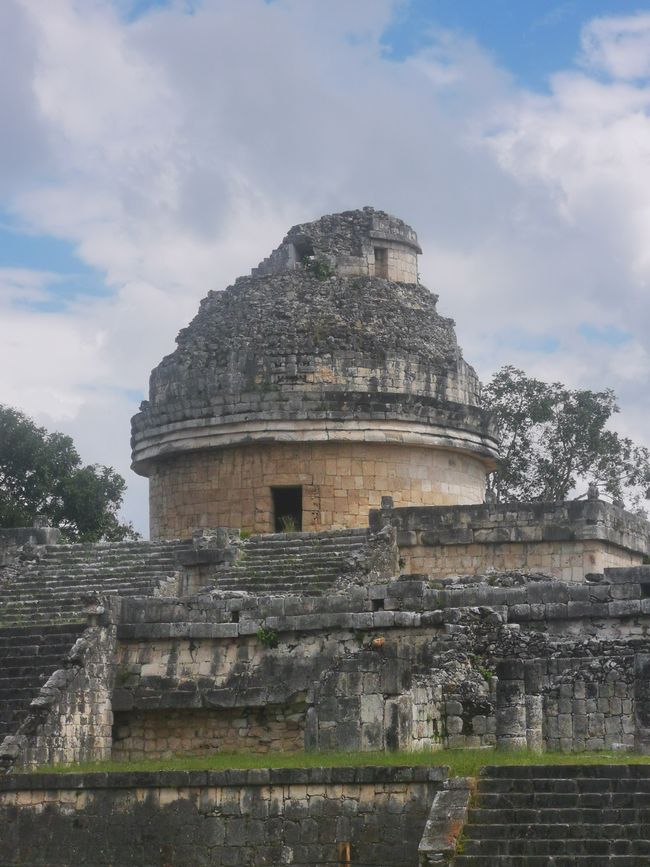
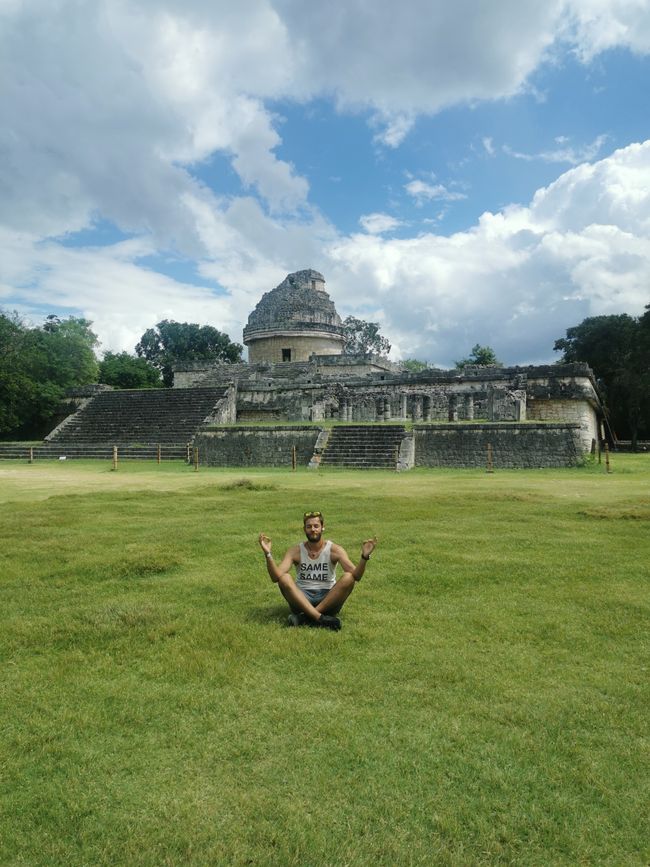
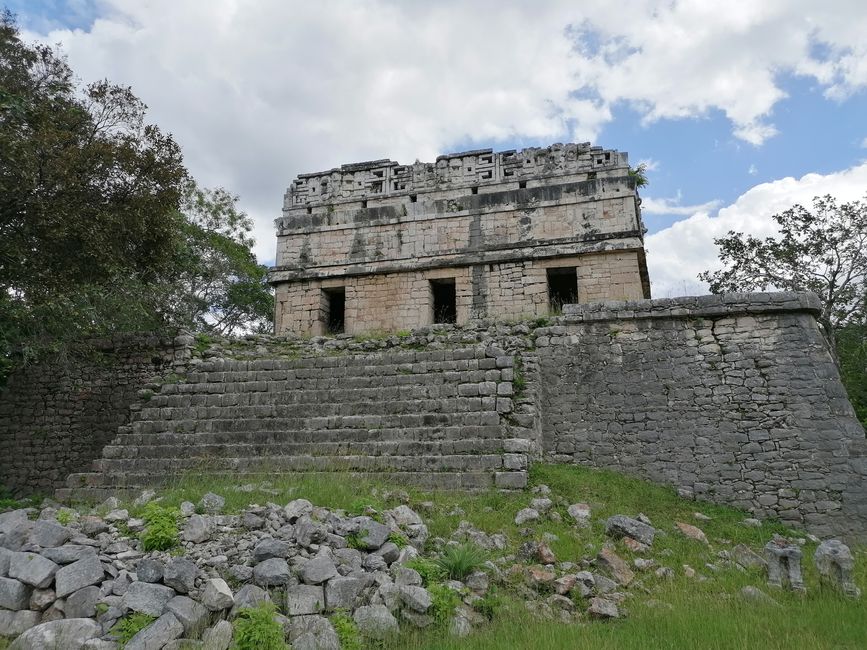
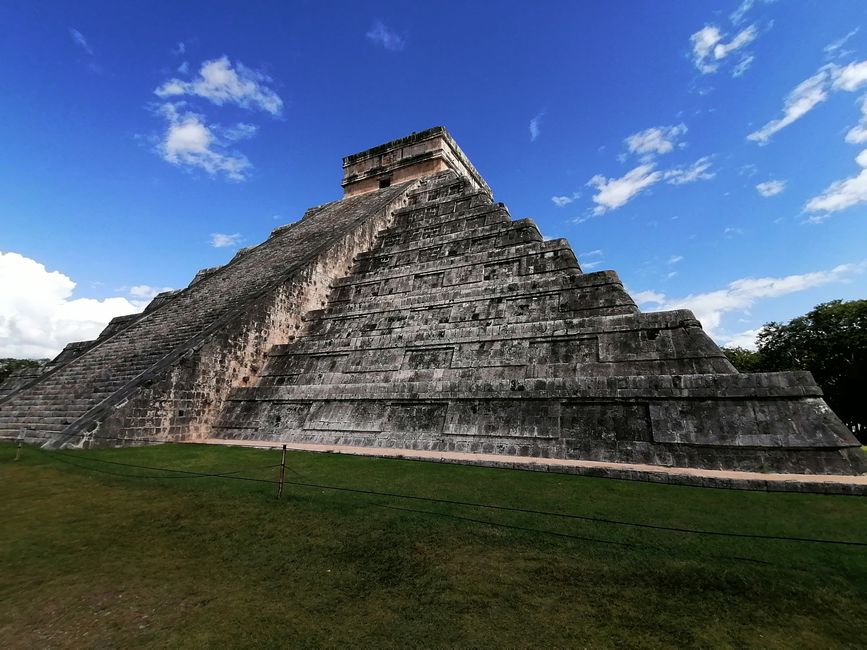
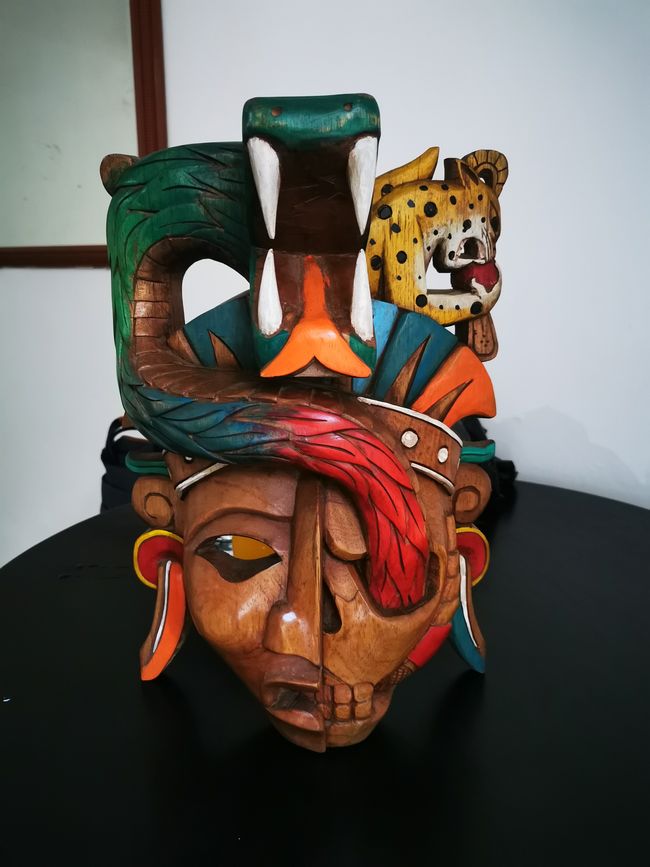
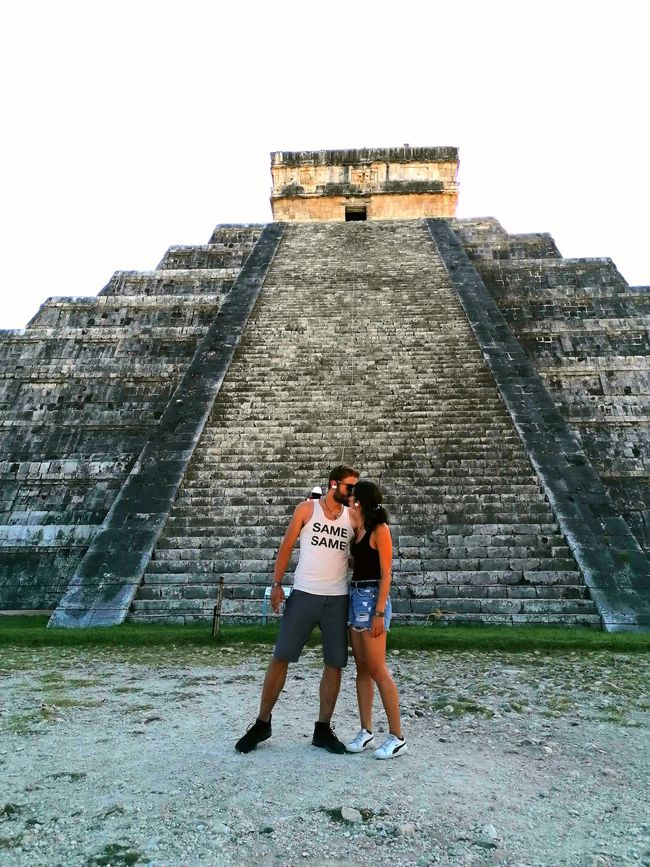
समाचार पत्रिका के लिए सदस्यता लें
Day 33: Monday 24th October - Chichen-Itza one of the most important cities of the Maya
Today we had to get up early so that we could catch one of the first Collectivos (small bus in Mexico) towards Chichen-Itza. After a short car ride of about an hour, we arrived at the ruins. We wanted to start early enough to avoid the crowds of tourists who arrive in the morning with countless tour buses.
Chichen-Itza is a ruin city of the Maya culture. It was built about 2000 years ago and flourished around the year 400 AD. During this time, the famous pyramid Kukulcan, which means feathered serpent, a deity of the Maya cult at that time, was also built. This pyramid and the entire archaeological site is one of the 7 new wonders of the world and definitely lives up to its reputation. The impressive pyramid houses numerous architectural peculiarities and was used by the Mayas as a kind of atomic clock. The arrangement of the steps, levels, and rectangles were so precisely designed that they were used as a calendar for the indigenous people of Mexico. After a period of about 52 years, a new pyramid was placed over the old one, so the visible structure today is built on top of at least one small pyramid. Another phenomenon is the breathtaking acoustics around the step pyramid. When you clap your hands, the sound resembles the cries of a bird living there. Until today, there are no plausible explanations of how the Mayas could build so precisely and thoughtfully without calculators or other tools to calculate such phenomena.
Equipped with an audio guide, we set out to explore the secrets of this ancient city. Already in the early morning, hundreds of locals set up their souvenir stands along the streets to earn a share of the tourist flow. With a few 'No, gracias', you can easily fend off the pushy vendors, so it wasn't a major problem for us when we encountered streets filled with thousands of colorful pyramids, skulls, and pendants. After we had covered the first few meters, the famous step pyramid Kukulkan appeared in front of us. Here, we truly realized how impressive and large this structure was. The first tourists were already taking some photoshoots around the building, and we joined in the trend. A photo here, a photo there, and we had circled the pyramid. Simply breathtaking...
Afterwards, we explored the countless buildings that were built almost star-shaped around the photo model. One of the most interesting things was the Mayan ball game. Here, a game was played with a nearly 9kg heavy ball, where it was a matter of life and death. The goal was to shoot the ball through one of the two rings placed on the side of the field, without using hands or feet. Only the elbow, belly, head, etc. were allowed to be used. According to the tradition, it was not uncommon for someone to die during the game. This was considered very honorable and was common practice. The captain, or leader of the losing team (or winning team - that is still somewhat unclear), was then sacrificed to the gods and buried with a stone tied around his head in one of the surrounding cenotes. Besides the game field, there were many other structures that told the story of the Maya cult at that time.
After about 6 hours in the historic site, we began our journey back, again in one of the affordable colectivos. When we arrived back in Valladolid, we unfortunately had to change our accommodation again (since the hostel we were staying at was fully booked for the upcoming night and almost twice as expensive as the previous nights). The new accommodation was cheap, but neither clean nor inviting, but it was enough for one night.
समाचार पत्रिका के लिए सदस्यता लें
उत्तर
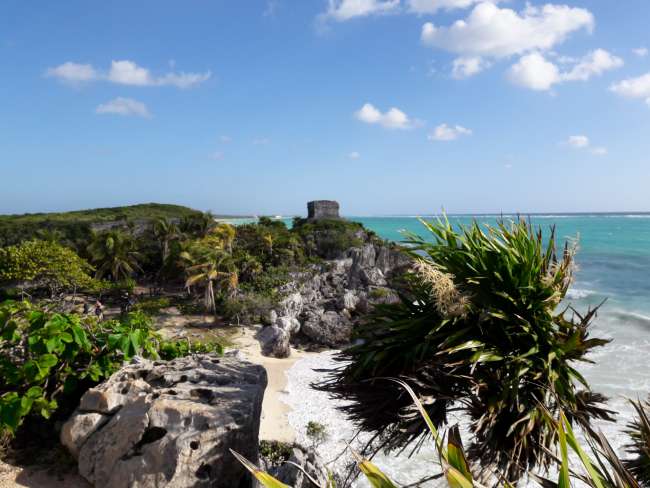
यात्रा रिपोर्ट मेक्सिको
